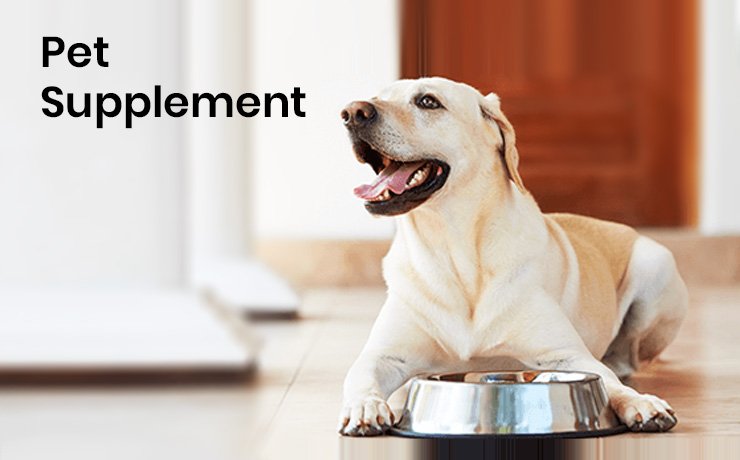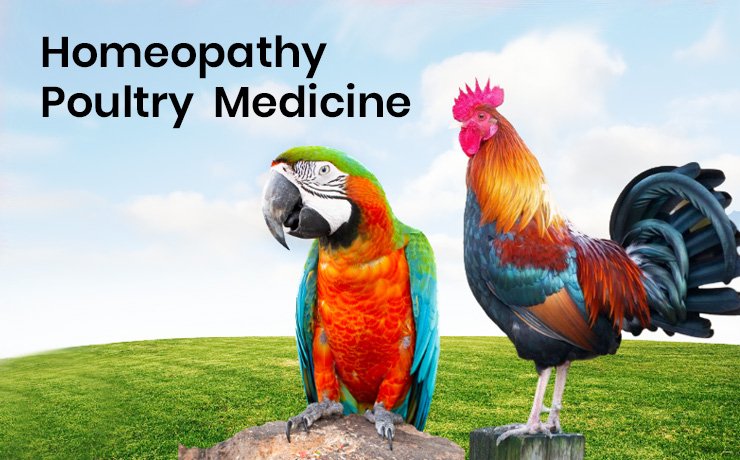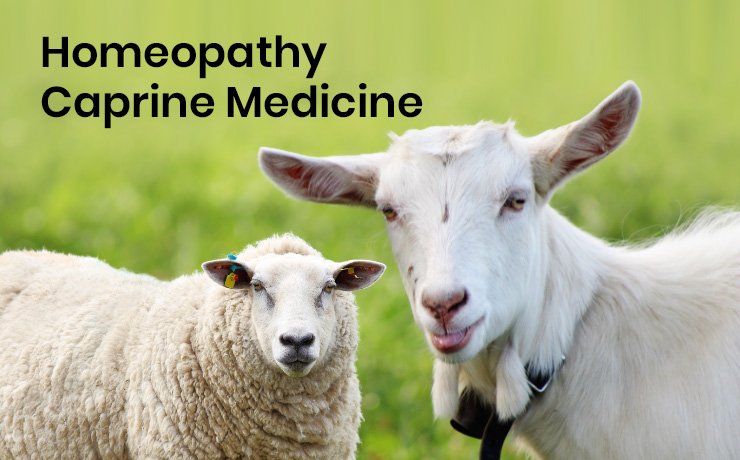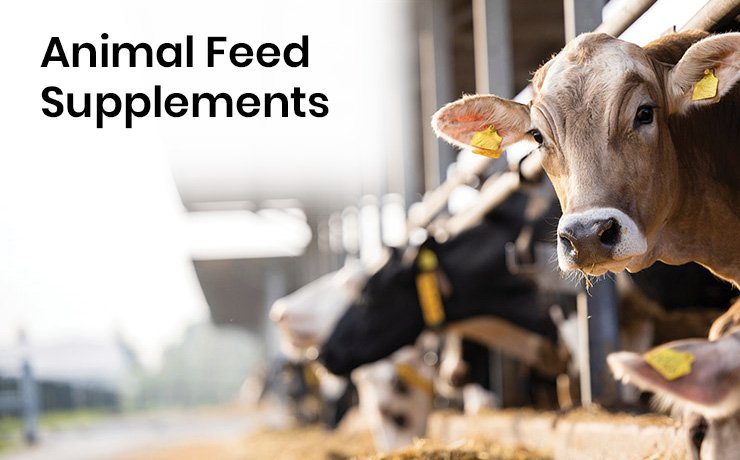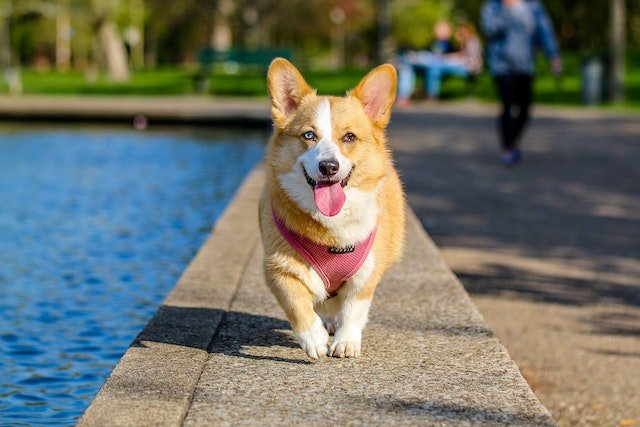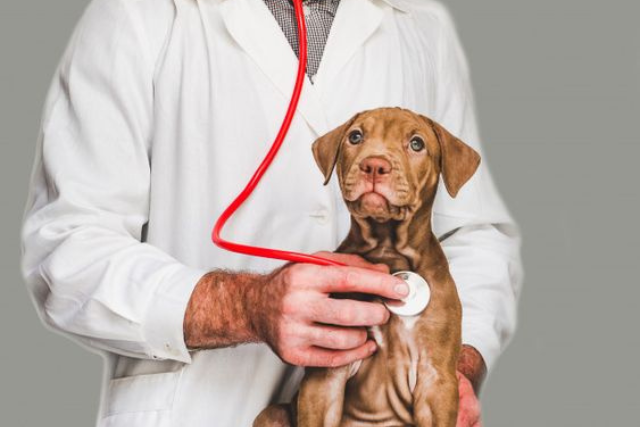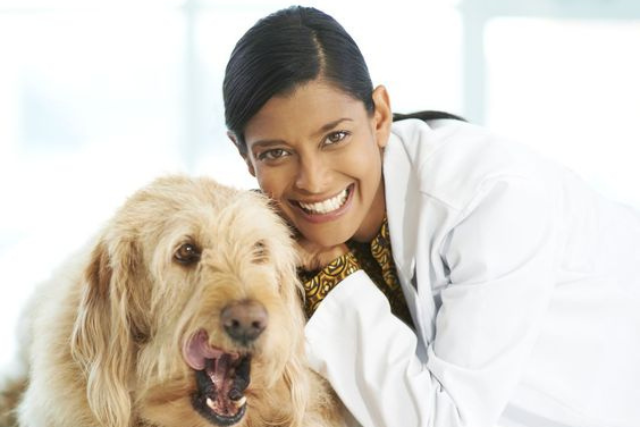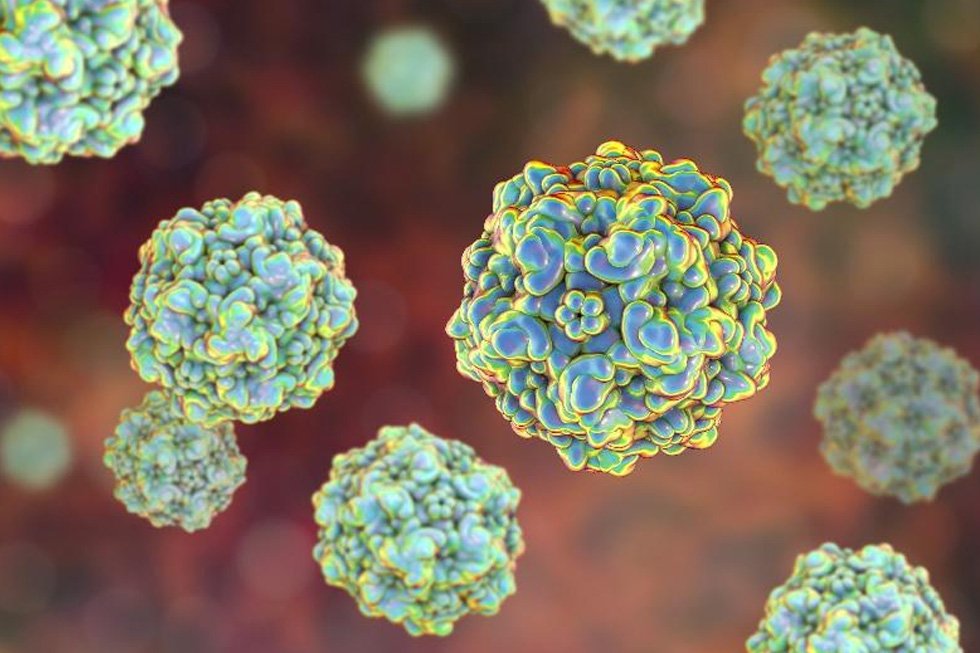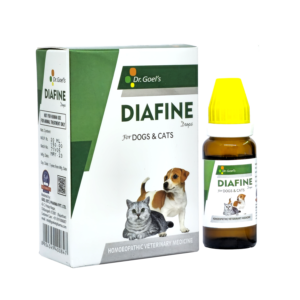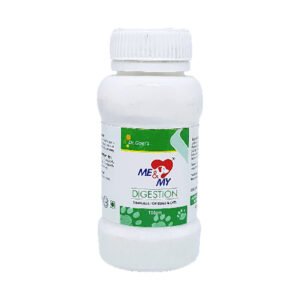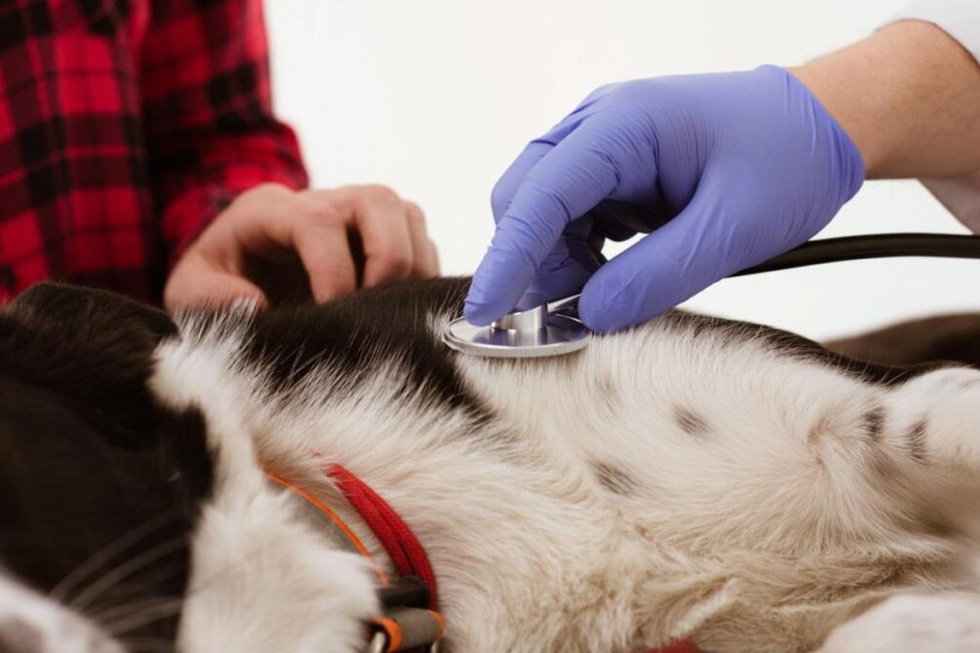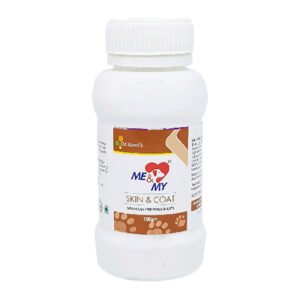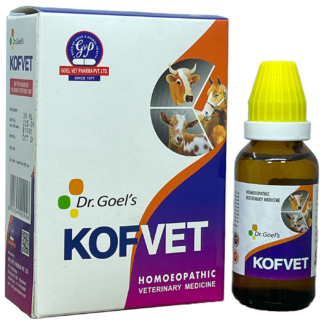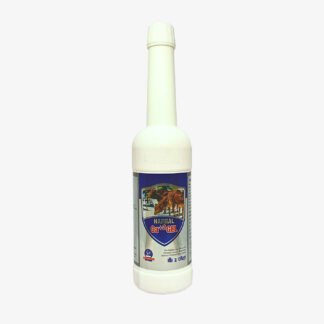Yeast Infection in Dogs: Causes, Symptoms, and Treatment Options

Yeast infections in dogs can develop on their skin or in their ears when there is an abnormal overproduction of the yeast that is normally found on your pet’s skin. Yeast is a natural spore-producing fungus that doesn’t generally cause illness unless there is too much of it.
Yeast infections can also be called Malassezia dermatitis or yeast dermatitis, and they usually occur in a dog’s ears, between its paw pads, or in its skin folds. A yeast infection can make the affected area of your dog’s skin red, itchy, and irritated. Yeast infections in a dog’s ear can lead to deafness if left untreated for a long time.
If your dog is tilting their head, scratching their ears, licking their paws, or has a musty odor, it might have a yeast infection. A yeast infection is common in dogs whose immune systems have been compromised by medications. It can often occur during allergy seasons, especially in dogs who are taking antibiotics or steroids. Antibiotics do not cause this infection, but being on antibiotics for a long period can diminish the dog’s normal flora, which helps to keep yeast under control. Steroids also affect the dog’s immunity, which can result in an overgrowth of yeast.
Clinical signs of yeast infection in dogs:
The most common clinical signs of a yeast infection in dogs are:
- itching and redness
- musty odour
- scales and crusty, flaky skin
- Thickened skin (‘elephant skin’).
- hyperpigmentation (darkly pigmented skin)
- Chronic or recurrent otitis externa or ear infections
Yeast infections in dogs are caused by the following factors:
There are innumerable bacteria and fungi on the skin. Under normal conditions, these organisms do not cause any problems and are controlled by the immune system. If skin conditions change or the immune system is compromised, these bacteria and fungi can cause infection. These types of infections are termed “opportunistic infections.” A yeast skin infection results when the number of yeast organisms on the skin increases.
A common cause of infection is an increase in the amount of oil produced on the skin.
Some dogs’ immune systems are compromised, rendering them incapable of fighting yeast infections, resulting in chronic infection. Dogs that receive immunosuppressive drugs such as corticosteroids may also be incapable of effectively preventing yeast infections so they may develop a chronic yeast infection.
Yeast dermatitis is not contagious, which means your dog did not get this infection from another dog. Opportunistic yeast infections often recur unless the underlying skin condition is controlled.
Some of the puppies may also improve a hypersensitivity to yeast, turning into allergic to an organism they are uncovered to all the time. Those dogs have a severe inflammatory reaction, but only a few yeast cells are present on their skin. They will often have numerous recurrences of yeast dermatitis, some starting shortly after treatment is discontinued.
Yeast infection in a dog’s ear:

In some cases, a yeast infection in dogs is associated with another condition, such as diabetes.
- Allergies
- Bacterial infection
- A ruptured eardrum
- A tumour or polyp within the ear canal
- A trapped object
Once the vet has determined that the dog is suffering from a yeast infection in his ears, they might conduct tests to check for other health problems.
Signs of a Yeast Infection in Your Dog’s Ears
Common dog ear yeast infection symptoms:
- Swelling, sometimes with redness, inside the ears
- dark brown, waxy discharge
- very itchy, with constant scratching
- Drooping ears
- >odour from the ears
- Scabs and thinning fur around the ears due to scratching
- Loss of balance
- Loss of hearing
- Walking in circles
- Unusual eye movements
Causes of yeast infection in the ear of a dog
- Trapped moisture: Malassezia is lipophilic, meaning it likes fats (lipids). That means dogs with oily skins are more susceptible. Dogs who often swim can be prone to infection because they are often damp in places like their ears, groins, and armpits.
- Antibiotics and anti-allergy drugs are another big concern. Antibiotics kill both good and bad bacteria, which allows yeast to grow out of control.
- Heavy metals and environmental toxins can also harm the useful bacteria in a dog’s gut, allowing yeast to grow. Heavy metals and other toxins get into a dog’s body through flea and tick preventatives, cleaning products, food, and water.
- Immunodeficiency
- Yeast allergy
- swimming frequently
- Feeding your sweet dog snacks
- Not cleaning a dog’s ears.
- The anatomical structure of the ear: A dog’s ear canal plunges downward and then towards the head (it is shaped like an “L”). This gives the yeast a favorable environment to grow in. If your dog bathes frequently, trapped water or debris in the ear canal can lead to yeast infections. Allergens like pollen, mold, dust, feathers, cigarette smoke, and certain foods can also lead to ear infections in dogs.
- A dog’s outer ear extends from the earlobe to the eardrum; infection in this part of the ear is known as otitis externa. An infection in the middle ear (otitis media) develops in association with an outer ear infection. Once the middle ear is infected, this infection can spread to the inner ear, affecting the dog’s sense of balance and position. An inner ear infection can also cause deafness. While it’s still in the outer ear, diagnosing and treating an infection early will help prevent serious middle and internal ear infections.
What Foods Cause Ear Yeast Infection in Dogs?
Food can be influential in stimulating your dog’s yeast ear infection. Foods containing carbohydrates like starches, legumes, and grains can trigger food sensitivities that upset your dog’s microbiome. When the gut flora is not balanced, your dog’s pathogenic bacteria exceed the good bacteria, which encourages the yeast to grow.
High-carbohydrate diets feed yeast when they’re digested and broken down into sugar molecules. That leads yeast to grow in larger colonies in the gut and causes chronic inflammation that can trigger ear yeast infections.
Artificial ingredients like flavourings, preservatives, and synthetic vitamins and minerals can also contribute to a yeasty ear.
Yeast infection treatment in dogs:
A vet will look at the dog’s ear canal with the help of an otoscope to determine if the eardrum is intact or if anything is present in the ear canal that could be the cause of the infection. The doctor will probably also take a sample of material from in and around the ear for examination under the microscope. It is essential to know whether yeast, bacteria, or both cause the infection.
If your dog has a yeast infection of the outer ear canal, the vet might prescribe a topical antifungal cream or ointment. Miconazole and ketoconazole are two antifungal medicines that effectively treat yeast ear infections in dogs.
An infection of the middle ear is treated with systemic medications, which include tablets or injections; after that, several tests and even surgery may be needed. It usually takes up to six weeks for the infection to go away.
A vet might ask for a full cleaning of the dog’s ear canal. Special cleansers and ear-drying solutions can be used if the problem is chronic.
Home Remedies for Dogs to Prevent Yeast Dermatitis and Ear Infections
A vet will look at the dog’s ear canal with the help of an otoscope to determine if the eardrum is intact or if anything is present in the ear canal that could be the cause of the infection. The doctor will probably also take a sample of material from in and around the ear for examination under the microscope. It is essential to know whether yeast, bacteria, or both cause the infection.
If your dog has a yeast infection of the outer ear canal, the vet might prescribe a topical antifungal cream or ointment. Miconazole and ketoconazole are two antifungal medicines that effectively treat yeast ear infections in dogs.
An infection of the middle ear is treated with systemic medications, which include tablets or injections; after that, several tests and even surgery may be needed. It usually takes up to six weeks for the infection to go away.
A vet might ask for a full cleaning of the dog’s ear canal. Special cleansers and ear-drying solutions can be used if the problem is chronic.

Here are some of the home remedies that you can do to begin to get your dog’s yeasty ears under control, such as:
- Completely dry your pup after a bath.
- Cleaning your dog’s ears of dirt regularly with the help of a clean cloth or cotton ball is easy.
- Feeding your dog a healthy diet full of protein and other nutrients
- Grooming a dog is a regular hygiene routine that removes dead skin and dirt.
Other things that can be done include:

 Australian Shepherd
Australian Shepherd Beagle
Beagle Belgium Shepherd
Belgium Shepherd Bernese Mountain Dog
Bernese Mountain Dog Border Collie
Border Collie Boxer
Boxer Bulldog
Bulldog Cavalier King Charles Spaniel
Cavalier King Charles Spaniel Chihuahua
Chihuahua Cocker Spaniel
Cocker Spaniel Dachshund
Dachshund Doberman Pinscher
Doberman Pinscher Dogo Argentino
Dogo Argentino French Bulldog
French Bulldog German Shepherd
German Shepherd Golden Retriever
Golden Retriever Great Dane
Great Dane Himalayan Shepherd
Himalayan Shepherd Indie Dogs
Indie Dogs Labrador Retriever
Labrador Retriever Pakistani Bully
Pakistani Bully Pembroke Welsh Corgi
Pembroke Welsh Corgi Pitbull
Pitbull Pomeranian
Pomeranian Poodle
Poodle Pug
Pug Rottweiler
Rottweiler Shih Tzu
Shih Tzu Siberian Husky
Siberian Husky Yorkshire Terrier
Yorkshire Terrier Abyssinian
Abyssinian American Bobtail
American Bobtail American Shorthair
American Shorthair Balinese Cat
Balinese Cat Bengal Cat
Bengal Cat Birman
Birman Bombay Cat
Bombay Cat British Longhair
British Longhair British Shorthair
British Shorthair Burmese Cat
Burmese Cat Devon Rex
Devon Rex Exotic Shorthair
Exotic Shorthair Himalayan Cat
Himalayan Cat Maine Coon
Maine Coon Oriental Shorthair
Oriental Shorthair Persian Cats
Persian Cats Ragdoll
Ragdoll Scottish Fold
Scottish Fold Siamese Cat
Siamese Cat Siberian Cat
Siberian Cat Sphynx Cat
Sphynx Cat




















